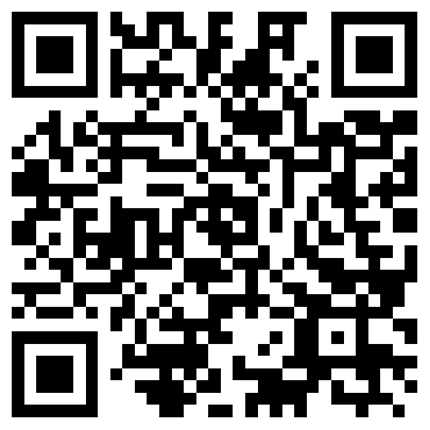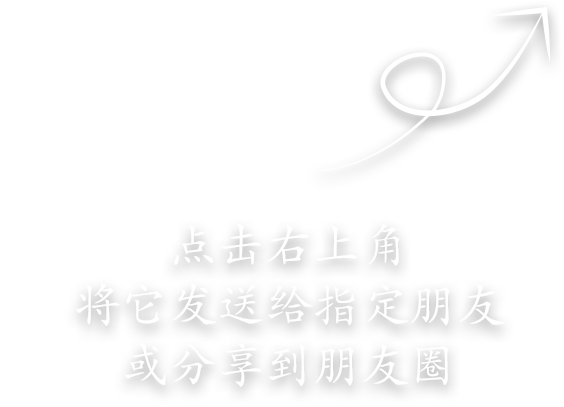In the fields of books, magazines, and packaging printing, color printing has become the mainstream of printing, and the quality of printed materials is also improving day by day. However, due to subjective and objective factors, there are not many products that have reached the level of boutique, and they still cannot be compared with high-quality foreign products. We know that the quality of color printed products is constrained by many factors during the replication process, such as the tone level of the original color image, dot enlargement value, color balance, etc. Among them, the quality of pre press image production directly determines the quality of color printed products. Although some shortcomings can be partially corrected during plate making and brushing, Shanghai Printing Factory is basically powerless to print high-quality products. Therefore, when making prepress images, if it is found that the quality of the original manuscript is insufficient, methods should be found to correct it. Below, the Guangzhou UV Printing Caihui editor will briefly introduce some processing techniques and methods.
1. Original level
The quality of replicas is mainly measured by three indicators: hierarchy, color, and clarity, with hierarchy being the most important. The normal level of the original manuscript should have features such as an image that is not biased towards brightness or darkness, with high, medium, and low tones, multiple levels of density variation, and rich tones.
2 Original density
The difference (i.e. contrast) between the maximum and minimum densities in the original manuscript is currently the maximum density value that can be achieved for general printed materials, the maximum density value for printed paper images, and the black ink density for revising the original manuscript is 1.8. Generally speaking, all densities of the original can only be reproduced on white paper within the range of 0-1.8. Therefore, for the original, there is a density range suitable for plate making and printing. When the density range of the original manuscript is too large, the sensitivity of the scanner and electronic separator to the parts beyond the density range decreases, resulting in a flatter level of the color separation plate. According to practice, it is most suitable for the original manuscript to be between 0.3 and 2.1, with a contrast of 1.8. Control the density difference of the original color negative film within 2.4; If the contrast of the original manuscript is less than 2.5, reasonable compression during copying will also achieve ideal results. If the contrast of the original manuscript is greater than 2.5, even if step compression is used during copying, it will cause excessive loss of layers and result in poor results.





